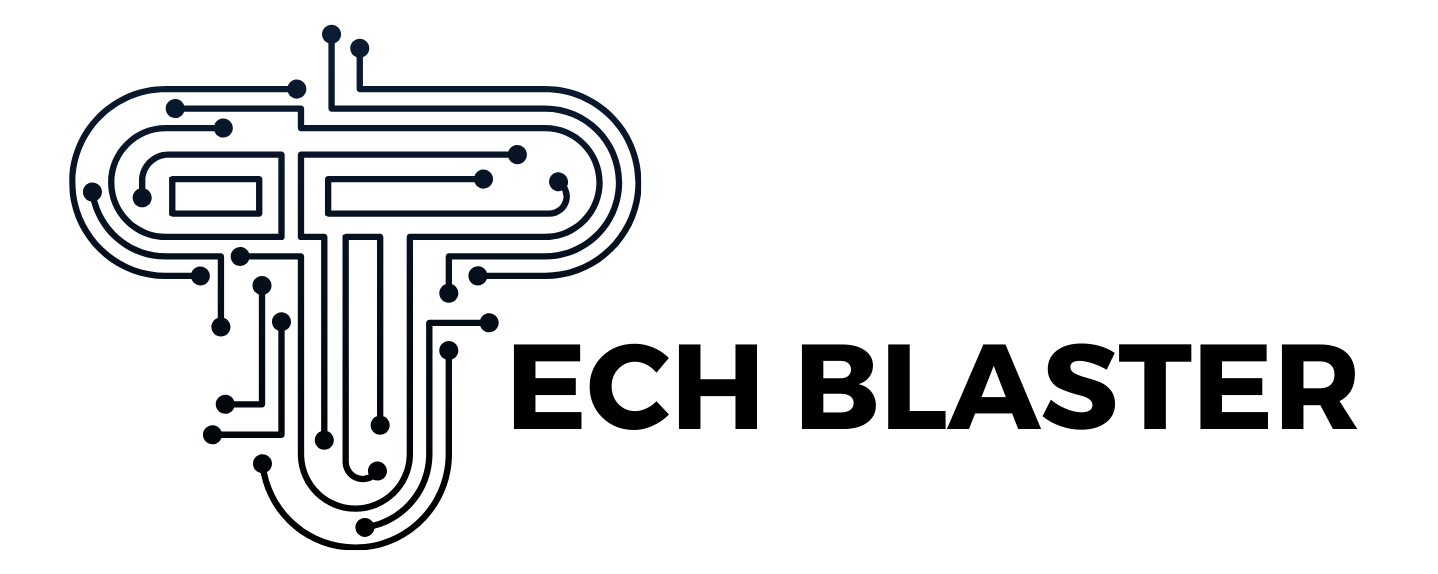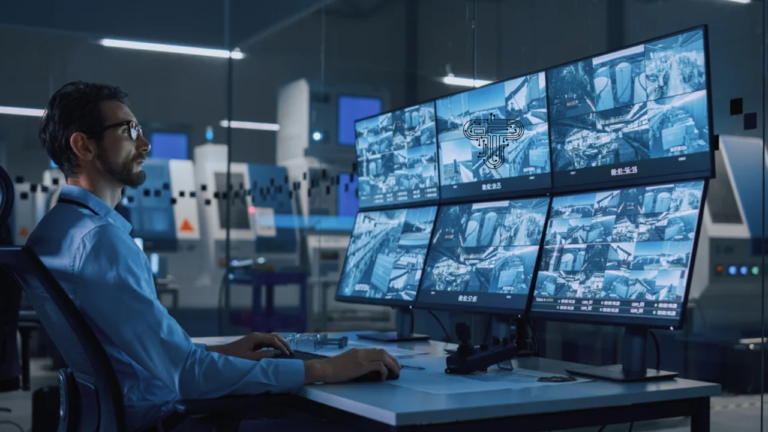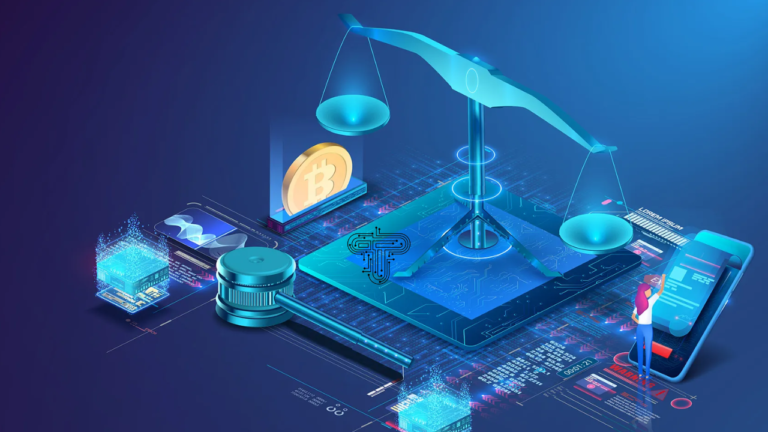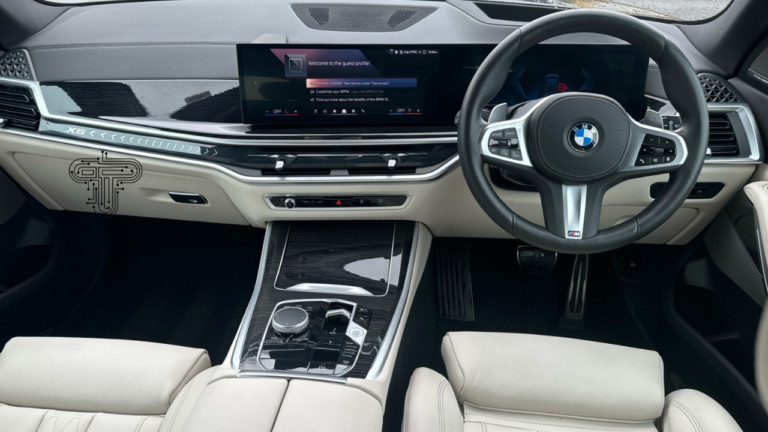From Chaos to Control: Using New Tech to Improve Workflow Efficiency

The quest for efficiency necessitated by the rapidly changing workplace often leads businesses to explore innovative technologies. It can sometimes feel daunting, as the sheer volume of options and the pace of advancements can overwhelm even the most seasoned professionals.
Nevertheless, a well-devised integration of new technologies can streamline processes and enhance overall team productivity with conversational intelligence and much more. The key is to embrace change with an open mind and to learn to adapt.
Rolling Out New Tech
Implementing new technology is usually accompanied by anxiety. How will employees respond to change? Will the technology genuinely deliver on its promises? In other words, new tech should include careful planning and open communication with employees.
Firstly, employees should be engaged in the process from the outset. Their insights can help leaders understand the nuances of daily operations and foster a sense of ownership, making employees more receptive to change.
Once a plan is in place, it’s time for training. Learning how to use new technology effectively is critical for successful implementation. Training should meet the needs of different roles, but remember that other employees may require different training approaches.
For example, some people prefer in-depth workshops, while others benefit from quick reference guides or digital tutorials. No matter the means, the goal should remain the same: empowering everyone to leverage the new tools confidently.
It’s critical to understand that communication shouldn’t end with training. Regular updates about the implementation progress can keep the momentum going and help leaders address any concerns.
Finally, integrating feedback into the process is necessary to keep track of unforeseen challenges and allow for adjustments.
Aligning Goals With New Tech
Implementing new tech is just one piece of the puzzle. Establishing a performance management framework that aligns with organizational goals is equally important. Since traditional performance metrics focus solely on individual outputs, it is necessary to embrace a more holistic approach to devise performance management that works.
Typically, the focus is on collaboration and collective success. Businesses can use data analytics to track key performance indicators in real-time for immediate feedback.
Further, performance management should emphasize continuous learning. Employees should be encouraged to refine their skills and explore new ones to enhance their personal growth and organizational success.
Integrating technology into performance management systems also enables more tailored support for employees. Should data reveal that a particular team is struggling with a specific task, HR teams can implement targeted training.
Learning How to Use New Technology
Learning to use new technology is not a one-time event but an ongoing journey that necessitates resilience. The new mantra is encouraging employees to view challenges as opportunities for growth rather than obstacles.
This approach is aligned with fostering a learning culture, as mentioned above. Businesses should create a safe space for experimentation, which has proved to be the most efficient strategy for alleviating the anxiety associated with workplace digitalization.
Another proven approach is peer-to-peer learning. Scilicet employees who share their experiences through workshops, online courses, or even informal lunch-and-learn sessions reinforce their understanding and build a sense of community.
Finally, leaders should lead by example. Such modeled behavior encourages employees to do the same. Emphasizing that mistakes are part of the journey creates an atmosphere where innovation thrives, so team leaders must change their approach to reflect this.
Tech for Manufacturing
Manufacturing is perhaps the sector most resistant to change. However, recent advancements in tech for manufacturing, manufacturing technology have begun to change the long-established perception that no tool can replace human labor.
Intelligent machinery, automation, and data analytics are redefining traditional production lines. They’re not meant to replace human labor but to enhance organizational processes and allow workers to focus on tasks that add value and require critical thinking and creativity.
Intelligent machines with sensors monitor real-time performance, reduce downtime, increase output, and ultimately help businesses produce higher-quality products. Machine learning algorithms can also predict maintenance needs and thus minimize interruptions.
Another noteworthy advancement in the manufacturing sector is collaborative robots, better known as cobots. Unlike traditional industrial robots that typically work in isolation, cobots are designed to work alongside human workers. Humans handle intricate tasks, and cobots manage repetitive ones. This approach results in a more efficient workflow that respects the benefits of both sides.
Read More
The Importance of Change Management
Lastly, businesses should remember that successfully implementing new tech isn’t solely about the tools. It’s closely linked to effective change management.
Simply put, businesses shouldn’t underestimate adapting to new systems’ emotional and psychological aspects. Employees might fear losing their jobs to automation or struggle with the learning process associated with new tools. To mitigate these concerns, developing an efficient change management strategy is critical.






